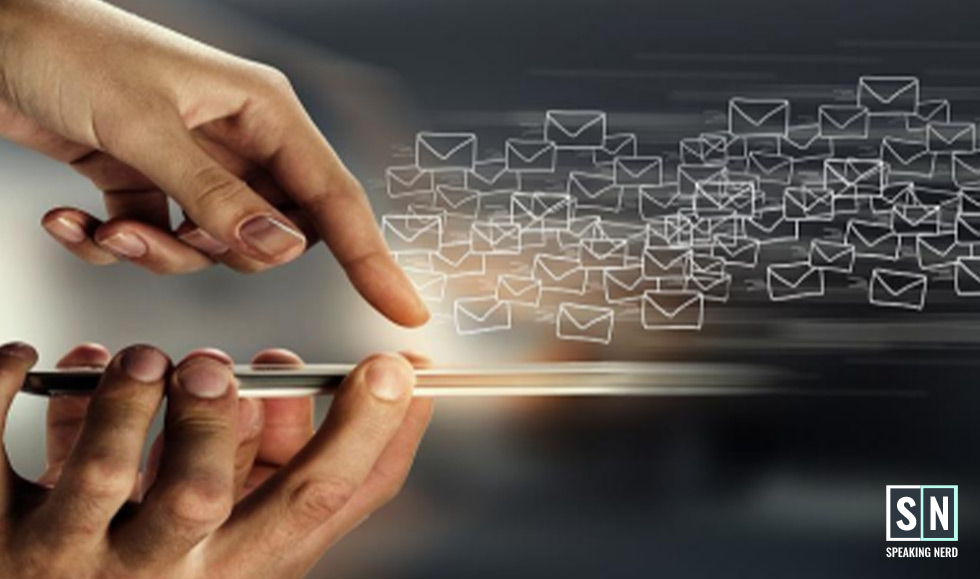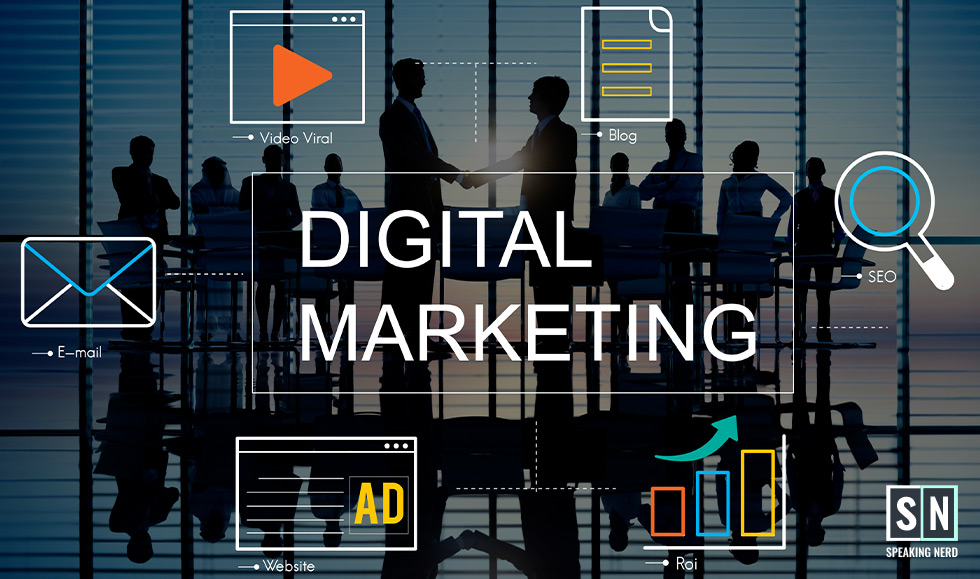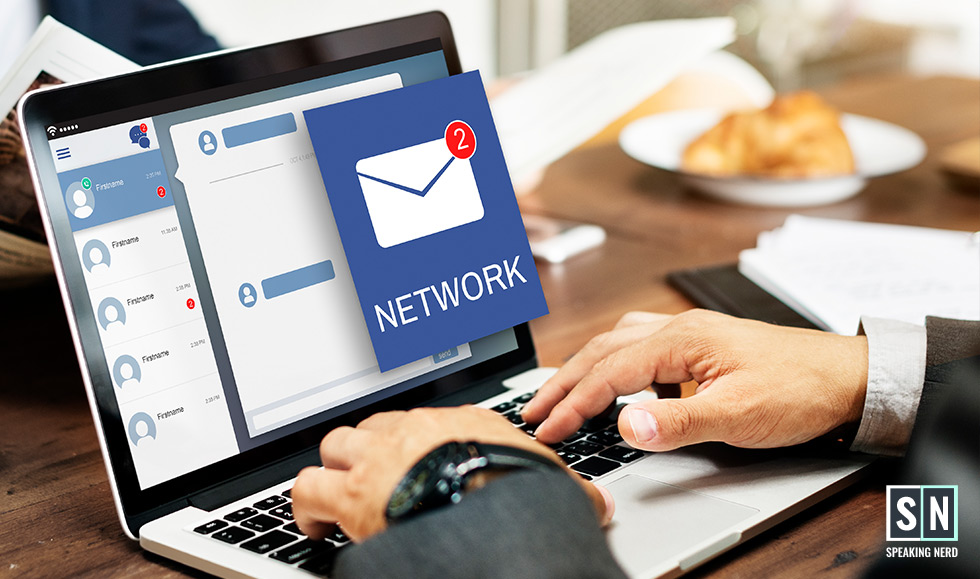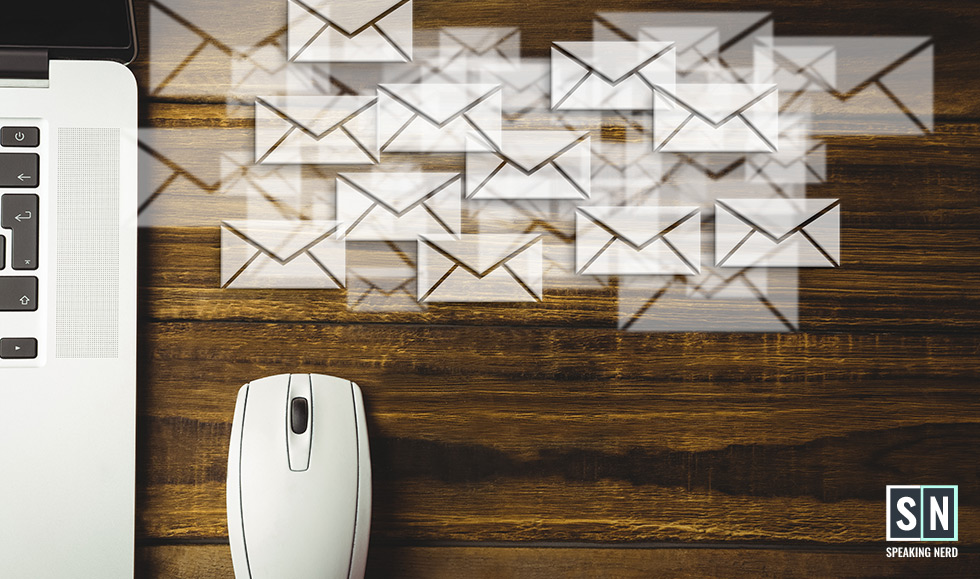Overview
Today’s digital world has equipped business owners with marketing tools that can reach potential customers faster and on a wider scale. One such powerful tool is email automation, considering the approximately 4.37 billion email users worldwide. With the number of email users projected to rise, email marketing automation can potentially be a growth driver for a business.
Table of Content
Email automation is a marketing strategy that relies on sending marketing or sales emails to subscribers and target audiences. The type of emails sent is based on actions, events, or other triggers a particular subscriber takes. Some examples of these triggers include signing up for a mailing list or abandoning a product on a cart. For each particular action, an automated email reply is sent to maintain a connection with each customer.
Ultimately, email marketing automation aims to boost customer engagement through communication. Through customer engagement efforts such as email automation, businesses strive to create and cultivate relationships with their customers. Better customer engagement translates to better sales revenues, product awareness, brand loyalty, and business growth.
How Businesses Can Benefit From Using Email Automation

Email marketing has been around since business owners started using digital marketing. Of all digital marketing strategies, marketers rank email marketing in the topmost bracket in terms of delivering the right message in a most effective manner.
With automation, businesses can take their email marketing efforts up a notch, making communication with subscribers possible even on a large scale. They can send emails at the right time and to the right people based on triggers—a task that will otherwise require a lot of time and effort if done manually.
Email automation software is designed to simplify work processes and reach out to business customers effectively. Other than merely automating the task of sending emails to customers, businesses stand to benefit in many different ways. Take a look at how email automation can further be advantageous to your company and customers.
Better customer engagement from personalized customer experience
Sending a series of personalized automated emails allows your business to build a relationship with the customer and increase your brand awareness.
Ninety percent of customers prefer to receive emails with personalized content rather than generic ones. The message becomes more relevant to customers because it is tailor-fit to their particular actions or behaviors. Therefore, you stop sending unopened messages, and the receiver avoids getting irrelevant messages.
As an example, you can use information about a customer who made a recent purchase to send a tailored offer. You can offer discounts or coupons for a product related to what they purchased. This way, your email becomes more interesting and can potentially lead to sales conversion.
Improved customer retention rate
Nurturing a connection with your existing customers is a proven way to boost business sales. Previous research supports this trend, with potential profit increase ranging from 25% to 95% for a mere 5% increase in customer retention rate.
Working on retaining your customers also lowers your marketing expenses in acquiring new customers. The cost of acquiring new customers is five times as much as what is spent for retention strategies.
You can use email loyalty and re-engagement campaigns to increase customer retention. You can send out reward coupons that your subscribers can use for their next purchase.
Reduced time, effort, and resources
Imagine how daunting it can be if a marketing staff was required to respond to every inquiry. As your customer base expands, it will be difficult to respond promptly to potential customers. Email automation allows you to utilize your marketing team for other valuable tasks.
Furthermore, automated algorithms are less likely to produce mistakes than manual efforts. Using automated email minimizes the probability of sending wrong emails, wrong content. Your business can also automate email monitoring and response functions to reduce manpower requirements, leading to better cost management for your marketing efforts.
Boosted revenues
Using transactional emails based on a specific action of the recipient can help your business increase conversions. Your business can use welcome emails, promotional notification emails, discount codes, product recommendations, and other forms of transactional emails to engage the recipient further and turn them into paying customers.
Building customer loyalty through email automation is also another way to increase revenues. You can craft personalized offers for big spenders, enticing them to purchase more. Offering referral incentives to loyal customers can also help you get new leads and expand your customer base. Additionally, you can send re-engagement campaigns to keep your valued customers.
Access to valuable business insights
You can monitor and evaluate the results of your email automation campaign easily using email marketing metrics. You can use this information as the basis for improving your strategies and even boosting your overall digital marketing KPIs. It will also provide an understanding of your business customers, like what types of emails effectively connect with them. Through customer feedback, you can identify areas of improvement you need to address. You can include embedded feedback surveys within transactional emails, such as in a purchase confirmation email.
Data from email marketing metrics will also allow you to understand your customers’ profiles and interests. You can then use this data to segment customers and create a more targeted email campaign. This way, you create a more effective email strategy that fits your customers’ interests.
5 Tips for Starting an Effective Email Automation Campaign

1. Build your audience
Add email forms on your website and social media channels to encourage your audiences to sign up. You can offer incentives for signing up, like product discounts and access to exclusive content. You can then use welcome and interactive emails to encourage new subscribers to share more information about them.
2. Track your subscribers’ interactions with your email
Actions that subscribers take—such as opening your email, click-through to your site, actual purchase, and others—are important information that will direct your next moves. These first-party data will reveal vital information, such as their preferences. Without this data, you can opt for third-party data, which links a subscriber’s email addresses to their social media accounts.
3. Add and sync subscriber’s data to your automation system
Adding and syncing your subscribers’ data to your email automation system will allow you to get updated information about each prospective client. With this data, you can use email automation features to deliver appropriate recommendations and customized offers.
4. Base emails on objectives
Understand that a customer’s buying experience is a journey—from product awareness, engagement, evaluation, conversion, retention, and loyalty. The objective of your emails should address which specific stage your prospective customer is in. Later on, emails should progress toward the goal of customer loyalty.
5. Classify subscribers into audience segments
Based on subscribers’ data, you can create separate email campaigns for each audience segment. The segmentation is based on each phase of the buyer’s journey, ensuring that you send the right message at the right time to the right subscribers.
Email campaigns You can Easily Use for Your Business

Based on your email audience segments, you are now ready to send out your email campaign. Below is a list of email marketing campaigns you can use.
-
Welcome email series - You can offer new subscribers incentives for signing up for your emails.
- Abandoned cart sequence of emails - This type of email can contain friendly reminders on items left and incentives to make a purchase.
- Nurture emails - Use this type of email to educate subscribers and increase product awareness.
- New customer emails - This type of email can contain information on the delivery status of the product ordered and product review forms.
- Repeat customer emails - You can recommend new products tailored to the subscriber.
- Re-engagement emails - You can remind previous subscribers about your offerings and exclusive deals to win them back.
- Feedback emails - This email can help measure customer satisfaction or product fit.
More importantly, choose good automation software for your campaign. Remember that every email campaign should have personalized content to make a good first impression—from using subscribers' names to making relevant product offerings.
Since people use mobile phones most of the time, optimize your emails for mobiles. Use subject lines that can spark the interest of the subscriber to open your email. Include specific call to action (CTA) statements to encourage click-throughs.
Lastly, evaluate the results of your email automation campaign regularly for strengths and areas for improvement. Find out which type of email content works or does not. From here, you can derive meaningful data to set the direction for your future email campaigns and develop more engaging and attractive emails your subscribers would want to open.
To conclude, automating your email marketing can help you generate and nurture leads easily. You can also know your customers better as you constantly engage with them. With all the benefits email automation can bring to the table, now is the best time for your business to use it. Furthermore, email automation sets no limits to expanding your customer base. Think of it as a way to grow your business using less effort, time, and resources.


